This page contains affiliate links. We may earn money or products from the companies mentioned in this post through our independently chosen links, which earn us a commission. Learn More
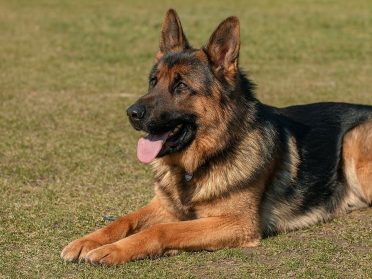 The German Shepherd is a medium to large breed that originated from Germany, generally used as working dogs. They are known to be intelligent and easy to train, especially for police work. They are 24 to 26 inches tall, weighing between 66 to 88 pounds. German Shepherd’s lifespan is around 9 to 13 years.
The German Shepherd is a medium to large breed that originated from Germany, generally used as working dogs. They are known to be intelligent and easy to train, especially for police work. They are 24 to 26 inches tall, weighing between 66 to 88 pounds. German Shepherd’s lifespan is around 9 to 13 years.
Related:
Best Dog Food for German Shepherds
Contents & Quick Navigation
The German Shepherd Photos
Here are 7 facts about the German Shepherd:
1. She’s a popular choice
The German Shepherd breed gained worldwide fame with the arrival of the canine hero Rin Tin Tin on the screens in 1922. He appeared in 27 Hollywood films and was a massive success. In fact, it is said that Rin Tin Tin saved Warner Bros. from bankruptcy.
Today, according to the AKC registration stats, the German Shepherd is the second most popular dog breed in the U.S. and is a much-loved dog breed the world over. So, if you’re going to get a German Shepherd, you’re not alone!
The popularity of this breed just shows you what a great companion she makes. It also means there is a lot known about the health and typical characteristics of this breed, tried and tested by millions of owners.
2. She was the first Guide Dog for the blind
Thought she was only famous for Rin Tin Tin? Nope. A female German Shepherd called Buddy was the first Guide dog. In 1928, after training for a month in Switzerland, she came back to the U.S. with her blind owner, Morris Frank. She wowed an audience of reporters and onlookers as she helped him across one of the busiest roads in New York.
After this, dogs assisting people became commonplace, and, along with Golden Retrievers and Labradors, many of the guide dogs used today are German Shepherds.
3. She’s incredibly intelligent
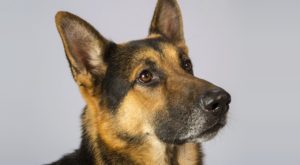 The German Shepherd is listed by the AKC as the third most intelligent dog breed. This may not come as a surprise, given that she is used in the police, the military, search and rescue and, as we have already seen, as a Guide dog.
The German Shepherd is listed by the AKC as the third most intelligent dog breed. This may not come as a surprise, given that she is used in the police, the military, search and rescue and, as we have already seen, as a Guide dog.
The German Shepherd is easy to train, as she learns commands quickly and usually obeys.
As well as the physical exercise of at least an hour a day, she needs to be stimulated mentally, too.
When she is 7 or 8 weeks, you should begin obedience training with her. You could also take her to puppy classes when she reaches 10 weeks. I suggest you move onto more advanced commands (e.g. “wait,” “watch me,” “find it”) once she has mastered the basics, and it’s also worth getting her some interactive toys, like canine puzzles.
4. She loves her family
The German Shepherd bonds strongly to her family. She likes to be close to you and does not do well if left on her own for long periods of time.
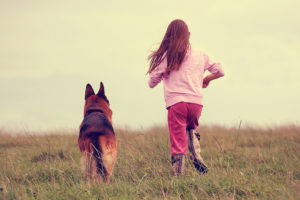 She is excellent with children (though she should always be supervised) and usually good with other pets, too.
She is excellent with children (though she should always be supervised) and usually good with other pets, too.
She makes a great guard dog, as she is suspicious of strangers. However, if you want her to be a sociable family dog, you must socialize her with people and begin training her consistently from puppyhood. Her loyalty to her family may take on the form of aggression towards strangers, otherwise.
Invite friends and neighbors to the house regularly and let her see that they are not a threat. Once she has sniffed them out, have them give her treats and lots of affection in order to create a positive association.
5. Her coat takes many forms…
The image of a typical German Shepherd is a dog who is tan with black covering her back. However, this dog can come in many colors, as well as coat patterns.
Coat patterns
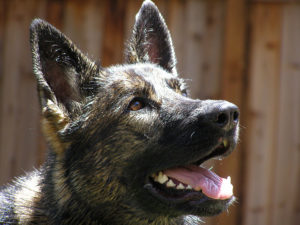
As for patterns, she can be:
- Solid (entirely black or entirely white*)
- Bi-color (black with tan legs)
- Saddleback (where the color black covers her back and sides like a saddle)
- Sable (a light overall coat with black-tipped hairs and typically a black mask)
Coat colors
When it comes to colors, she can come in:
- Black
- Sable
- Black and red
- Black and tan
- Black and cream
- Blue
- Red and black
- Black and silver
- Grey
- Liver (brown)
*There is a White German Shepherd, who is completely white. However, this color is not accepted in the German Shepherd standard, and so she is recognized as a separate breed by the AKC.
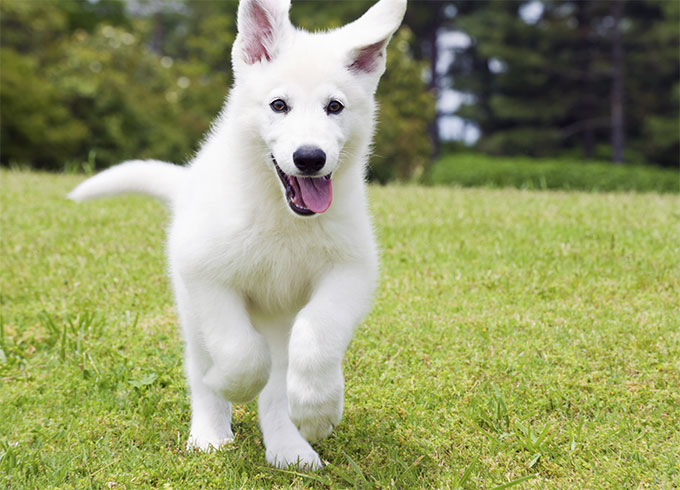
Coat lengths
German Shepherds can have short, medium, or long coats. They usually have thick fur with an undercoat.
6. …and she sheds like you wouldn’t believe
This leads on nicely to the next point: the German Shepherd sheds A LOT. She loses hair all year round, as well as twice a year (in spring and fall) when she sheds her undercoat.
She will need brushing a few times a week for 15 minutes to keep her coat healthy, and those hairs out of your carpet. During shedding season, I advise daily brushing.
Oh, and, expect to use your vacuum cleaner regularly! If I were you, I’d invest in a high-quality one with good suction for sucking up pet hair!
7. She’s prone to hip and elbow dysplasia
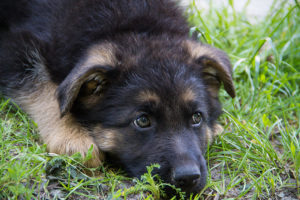 The top two major health concerns for this breed are hip dysplasia and elbow dysplasia. Both conditions involve the malformation of bones and can cause great pain to dogs.
The top two major health concerns for this breed are hip dysplasia and elbow dysplasia. Both conditions involve the malformation of bones and can cause great pain to dogs.
It is important when getting the German Shepherd that you buy him from a reputable breeder. If responsible, they should be able to show you the medical history of the German Shepherd puppy’s parents, as well as a certificate showing that both parents are free of this condition.
Another important thing is to provide her with dog food good for German Shepherds, which contains chondroitin and glucosamine.
Conclusion
So now you know the German Shepherd a little better. She’s popular, intelligent, loyal, children-friendly, a high shedder, and prone to a genetic disorder called hip dysplasia. Not only that, but she has famous ancestors, including Buddy the first Seeing Eye dog and Rin Tin Tin. What a dog!
Got anything to add on the German Shepherd? Let me know below!
Read also:
- Difference between German Shepherd and Dutch Shepherd
- Difference between German Shepherd and Shiloh Shepherd
- Difference between German Shepherd and King Shepherd
- Difference between German Shepherd and Belgian Malinois
- German Shepherd Weight and Growth charts
- German Shepherd Hip Dysplasia: What You Need to Know
- 500+ of the Best German Shepherd Names
- How to Get a German Shepherd Service Dog
- The Ultimate Guide to German Shepherd Training
- Your Inside Scoop to the Remarkable Long-Haired German Shepherd
- Introducing the Miniature German Shepherd
German Shepherd mixes
- German Shepherd and Doberman Mix (Doberman Shepherd)
- German Shepherd and Lab Mix (Sheprador)
- German Shepherd and Rottweiler Mix
- Corgi and German Shepherd Mix (Corman Shepherd)
- German Shepherd and Siberian Husky Mix (Gerberian Shepsky)
- Golden Retriever and German Shepherd Mix (Golden Shepherd)
- German Shepherd and Pitbull mix (Sheppit)
- German Shepherd and Wolf mix


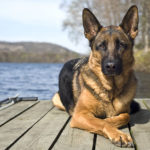

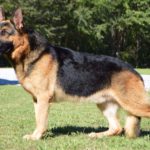

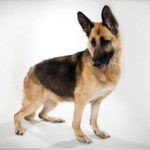




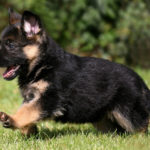
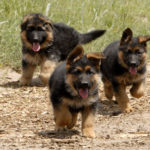







Leave a Reply